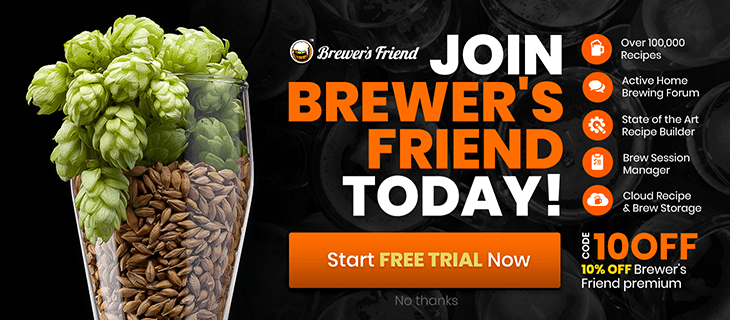Pick the Correct Size Secondary Fermenter
Saturday, November 15th, 2008Oxygen is the enemy of beer after fermentation. The main cause of oxidation in beer is exposure to oxygen when racking or bottling. Another culprit is the head space in the secondary fermenter. Make sure to use the smallest size secondary fermenter possible as not to expose the beer to oxygen in the head space. For example a typical 5 gallon batch should use a 6.5 gallon carboy or bucket as the primary fermenter, then a 5 gallon carboy as the secondary. There will be almost no head space in the secondary if done correctly.
Rules of thumb:
- Head space is needed in the primary, since there will be a lot of foam during the krausen phase of fermentation. Oxygen in the head space is not an issue during primary fermentation because it will be replaced by CO2 when fermentation kicks off and any dissolved oxygen will be utilized by the yeast. Some will also be pushed out through the air lock with the escaping CO2.
- Head space is bad in the secondary. Since the beer is fermenting slowly, it will take longer to push oxygen in the head space out through the air lock. This means most of the oxygen in the head space is getting into the beer and causing harmful effects.
Why is oxygen harmful in the secondary?
Oxygen (O2) is a reactive molecule. During primary fermentation the yeast use oxygen quickly as part of the metabolic reaction that produces alcohol. Inside the secondary the yeast metabolism has settled down greatly. This leaves any newly introduced oxygen free to interact with larger desirable molecules responsible for flavor and bittering. When the oxygen hits these molecules it splits them apart making for undesirable byproducts in the beer. Wet paper bag or cardboard taste is generally the telling sign of oxidized beer.








